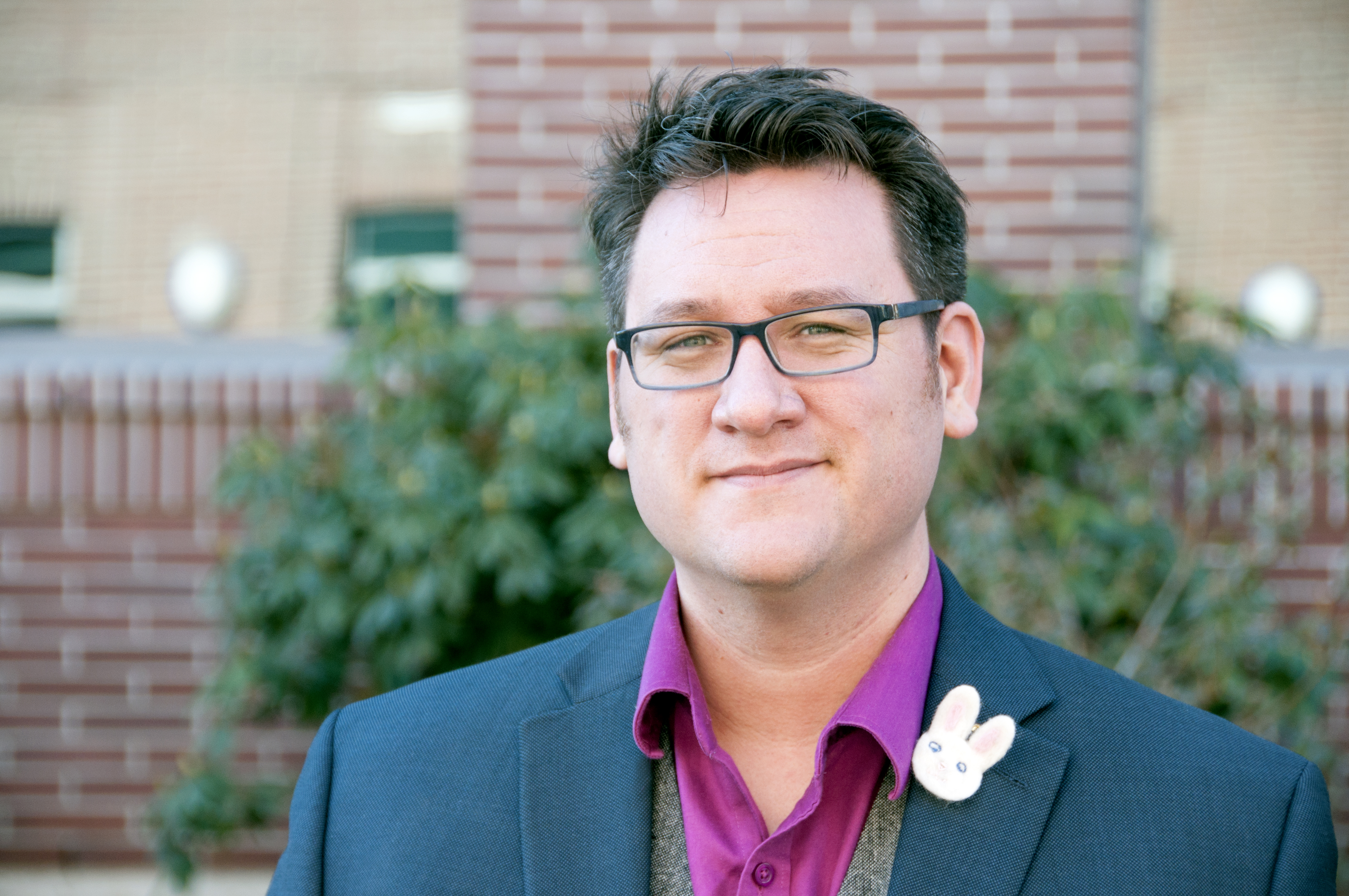About Ben
Ben Tippett ( professionally Dr. Benjamin K. Tippett) is the host of the Titanium Physicists Podcast, and a theoretical physicist specializing in General Relativity (Einstein’s theory of gravity).
He got a B.Sc (Hon. Physics) at the University of British Columbia from 1998-2003; A M.Sc (Physics) at Queen’s University from 2003-2006; and a PhD (Mathematics) from the University of New Brunswick from 2006-2011. He then worked as a postdoctoral researcher at Memorial University for a year, before transitioning to be a Physics/Mathematics instructor. He taught at the University of New Brunswick (2012-2013) and UBC Okanagan (2013-2018). He is currently an instructor of Mathematics, Astronomy and Physics at the College of the Rockies.
Ben’s twin sister Elizabeth is a famous Law Professor at U Oregon.
Ben’s genius wife Bethany is not an academic but appears on Ti-Phy Episode 10.
Almost every episode of TiPhy involves one of Ben’s Friends, either as guests or experts, or both.
Ben has been a regular co-host/guest on other podcasts: representing physics and astronomy on Science… Sort of, and occasionally providing reviews on Podcast Squared.
Ben’s most notable achievement in science outreach involves writing papers intersecting pop-culture topics with physics concepts.
NOTABLY:
“The Unified Theory of Superman’s Powers” Proposed that all of superman’s powers were applications of a single ability: the unphysical ability to modify the inertia of anything he is touching. This paper was notably covered by i09, comicsalliance.com, and other blogs.
“How does Spider-man move so fast?” Modelled Spider-Man’s famous motion through the Manhattan skyline using simple harmonic motion, and argued that his average speed should be the same as a cyclist. A much faster motion would be possible if Spider-Man released his web and projectile-motion fell through the air before shooting another web. fivethirtyeight.com talked about it, but mostly it was just blogs and message boards.
“Gravitational Lensing as a Mechanism for Effective Cloaking” attempted to explore the idea of using gravitational fields to make an object appear “Bigger on the inside.” Large objects, placed on the inside of this exotic gravitational field would look very small, by using gravitational fields to bend light around the objects and then return them to their original configuration. This is a technical research paper, and it has been peer reviewed and published in Physics Review D.
“Possible Bubbles of Spacetime Curvature in the South Pacific” Explained the famous “non-euclidean geometry” on the corpse-island of R’lyeh (from “The Call of Cthulhu” by HP Lovecraft) using curved spacetime geometry. This curvature would also explain the missing time featured in the story. Notably, the optimistic first paragraph is a sentence by sentence negation of the pessimistic first paragraph from “The Call of Cthulhu.” This paper received a lot of coverage, including io9, metafilter, slashdot, mentalfloss, boingboing, Physics Today, physicsworld.com.
“Increasing Survivability During A Zombie Epidemic” Models a variety of zombie epidemics, where civilians spend every day searching for food, but when encountering a zombie, they have the choice to either hide in a closet or join a militia. Mostly everybody dies, almost all the time, either of starvation, zombie bites, or both. The best hope for survival lies in hiring and maintaining a small, elite team of zombie fighters, whose well funded training enables them to kill zombies efficiently, and who are less likely to accidentally murder civilians by mistake. This paper has been peer reviewed and can be found in the collection “Mathematical Modelling of Zombies” edited by Robert Smith?
“The Blue Box White Paper” and “Traversable Achronal Retrograde Domains in Spacetime” This pair of papers was put on the physics Arxiv to celebrate the 50th anniversary of “Doctor Who” (a science fiction TV show on the BBC). While time travel is a subject which is often explored in General Relativity, no one (to date) had constructed a model of pop-culture’s “time machine.” Ben proposes such a model, called T.A.R.D.I.S. (it’s a bubble of spacetime which goes backwards and forwards through space and time, to pick up and drop off its time-travelling passengers).
“The Blue Box White Paper” is an explanation and exploration of the basic ideas, written for laypeople. It is printed in a collection called “More Doctor Who and Philosophy: Regeneration Time“.
“Traversable Achronal Retrograde…” is a technical research paper –written for physicists– and contains an analysis of the singularities and unphysical nature of the geometry. It has been peer reviewed and published under the name “Traversable Acausal Retrograde Domains in Spacetime” in the journal Classical and Quantum Gravity The publication was covered in a variety of places: The Georgia Straight, Science alert, cnet.com, The Radio Times, british news papers, Wired, The New York Post, but most of these articles were playing “telephone” with each other. The only decent journalism was done by The National Post, and Newsweek. Also ben got to go on “coast-to-coast AM” which was really fun because he got to talk about time travel to callers at 2 AM.


